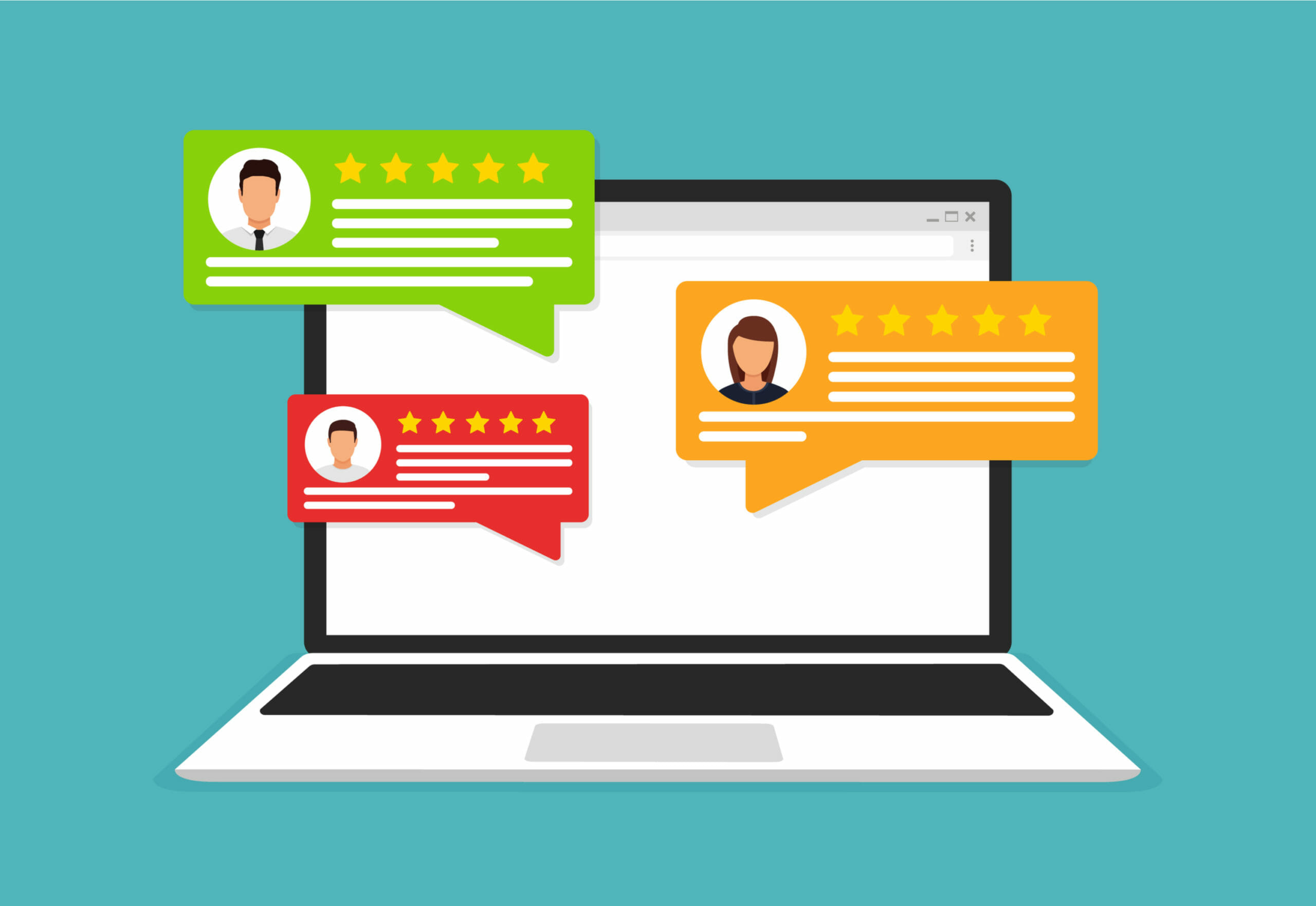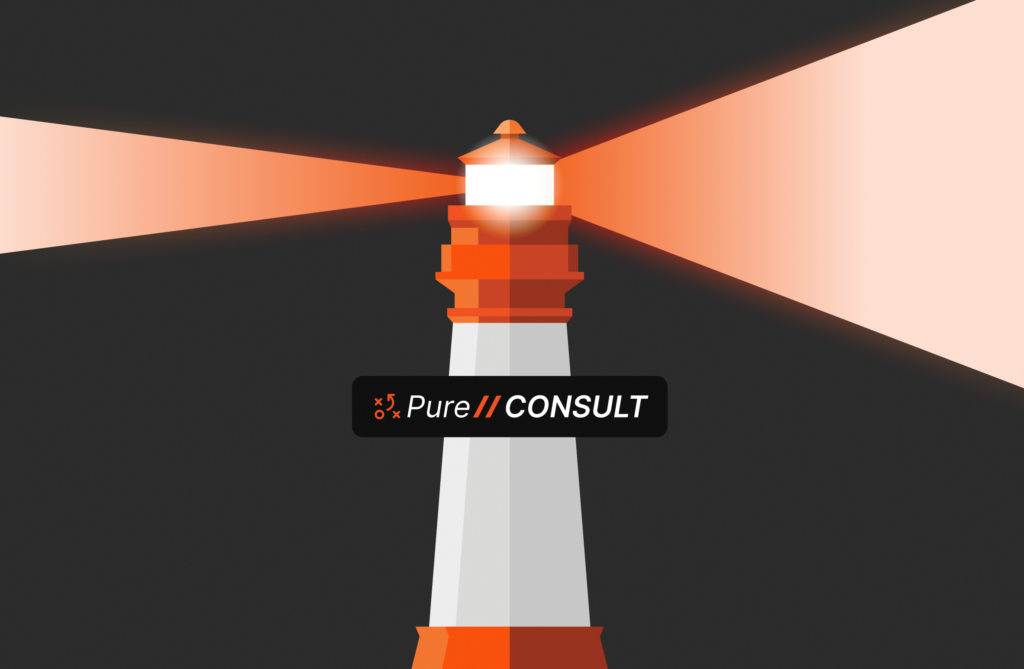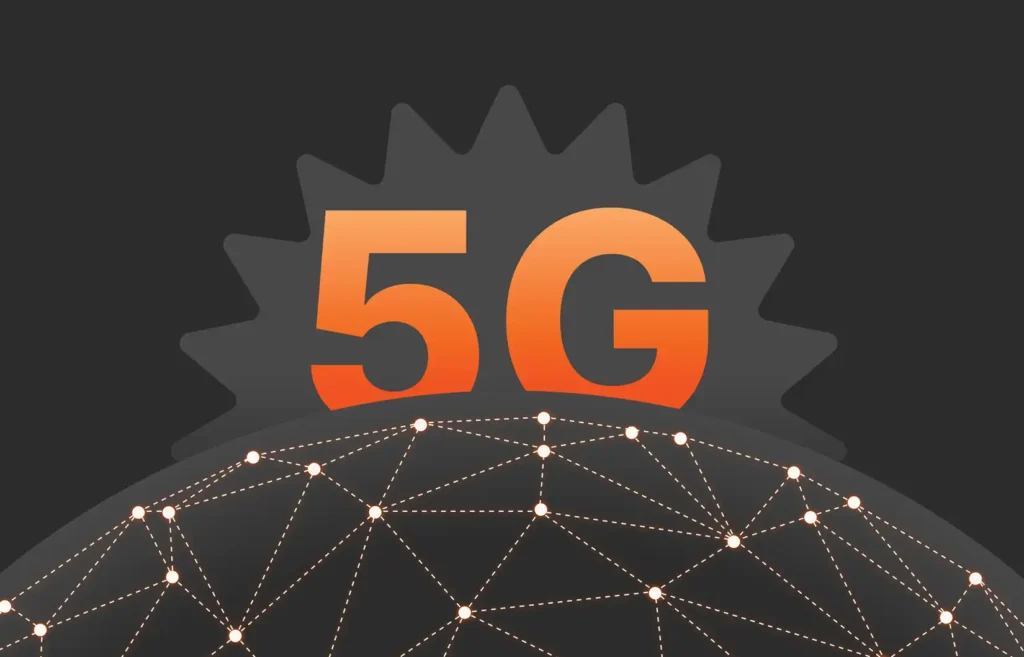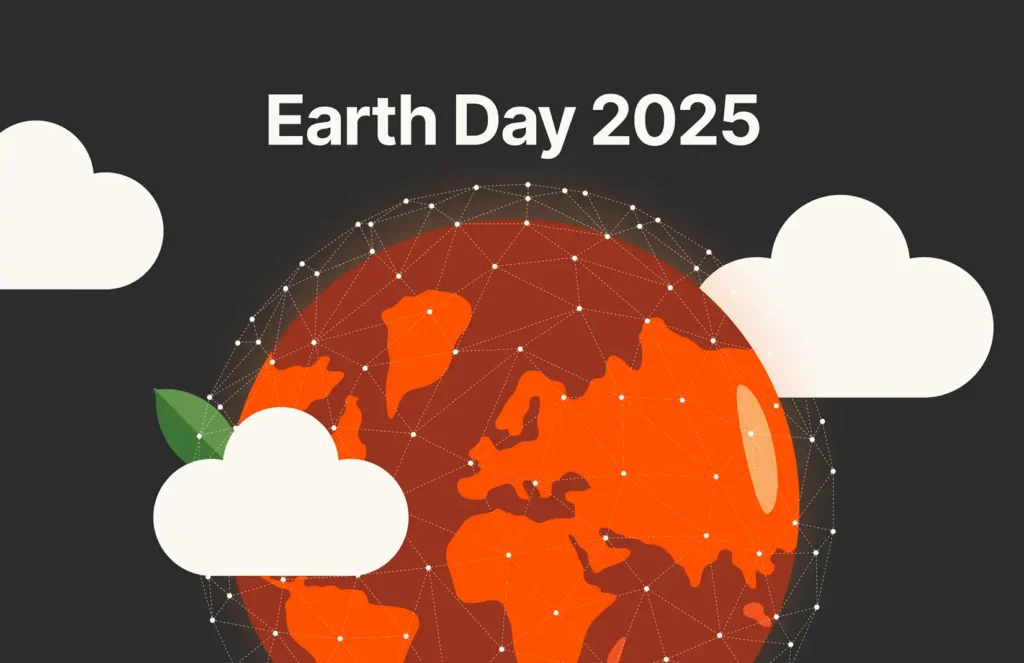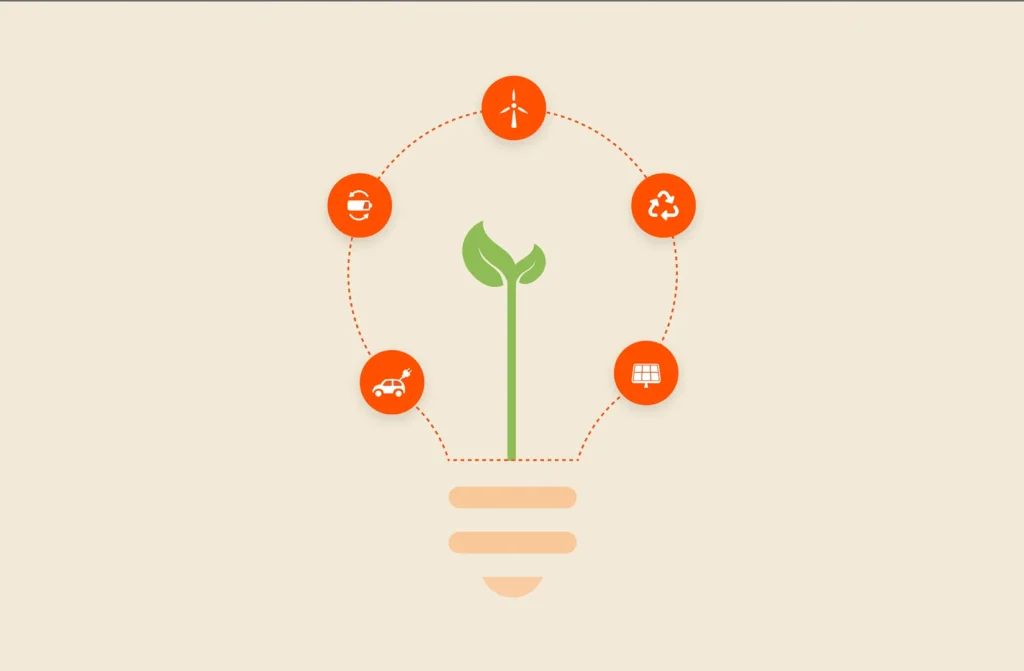Let’s face it, it pays to get in touch with your customers’ feelings. This is especially true in today’s climate, where people and enterprises alike are “fleeing to safety,” looking to minimize risk and simplify their world wherever possible. They also want to feel valued and looked after—and confident in every dollar they spend.
These are 2025’s loyalty markers and you can’t afford to ignore them.
More than two-thirds of companies have read the room and prioritized customer journeys to boost brand reputation, reduce churn, and increase lifetime value. Leaders are propping up a new set of metrics including Net Promoter Score (NPS), social listening, customer satisfaction (CSAT), and referral rates. These are the indicators of future purchases and how your reputation will spread. You’ve probably heard the saying: “Happy customers tell three friends about you; unhappy customers tell 3,000.”
In a market where too many customers are locked into poor experiences with incumbent providers, only those capable of truly delivering great experiences stand a chance of unseating the competitions. That comes from being obsessed with your customers—and it isn’t just good business, it’s key to survival.
What Makes an Exceptional Customer Experience Exceptional?
Companies leading the pack have figured out how to innovate the customer journey by getting a handle on their data and figuring out how to use it. This gives them a better understanding of their customers, and clear insights into how their products and solutions are being used, so they can extend and personalize experiences proactively—far beyond the initial sale. This might look like a company that doesn’t just have a great support platform, but submits 70% of support tickets itself before a customer even has to.
Modern consumers have cars that can park themselves, with over-the-air software updates keeping them always new. They’re accustomed to generative AI acting as a copilot to help them do their work with more efficiency and accuracy. They install smart thermostats to help them save money (and the planet). Their spending is on autopilot with subscriptions. And they expect companies to employ advanced fraud detection and security to keep their digital lives secure.
You also have to know your customers inside and out, which is where CX data points really start to multiply. Behaviors and preferences fluctuate widely across business segments and geographies, so tailoring customer experiences requires real-time listening, optimization, and experimentation. And you can’t do it without fast access to real-time telemetry data. It’s how Pure Storage proactively files support tickets on customers’ behalves—often resolving issues before customers even knew they had one.
Prioritize CX Every Single Day—Long After the Sale
A modern CX needs to exist in perpetuity, extending long after the purchase date. While I understand that a salesperson’s commission may be tied to the receipt of the purchase order, the real work is just getting started.
Companies should consider the sale as the start of the experience. Yet, too many pull a disappearing act after the customer opens the box, installs the product, or downloads the app. It’s a classic B2B pitfall—and a huge missed opportunity.
At Pure Storage®, our Pure1® platform provides real-time access to more than 20,000 arrays across the globe. It not only powers our ability to provide proactive support but also feeds our Pure1 Meta® machine-learning model, which allows our customers to view their real-time consumption and model for future requirements. These insights go well beyond a traditional support model and are leading the way in helping customers solve for workload simulations and storage-class optimization.
The common thread here is that these businesses have revolutionized what they offer and how they offer it through modernization, proving that next-level experiences hinge on transformative thinking and better use of data.
Care About (And Be About) What Customers Value
Customer experience often plays out on a bigger stage, beyond the transaction. Really listening to your customers can do more than inform your relationship with them—it can inform how you contribute to the broader global community in a meaningful way.
Customer-centric companies typically balance four pillars, and the good ones care about them equally:
- Customer centricity
- Employee experience
- Innovation
- Environmental sustainability
The fourth is an interesting one, and to me, just the tip of the iceberg. But when it comes to environmental issues—and how technology and utility companies can evolve to be more responsible contributors—many companies are rising to the occasion. Pure is passionate about transforming the old power-hungry data center into a more efficient and environmentally friendly operation. To that end, our technology is engineered to be next-generation smart and efficient, requiring less space, less cooling, and less power.
In challenging times and beyond, companies that live their customers’ values and focus on doing better will foster relationships that last.
How We Do Modern CX at Pure
When Pure came along, our goal was to engineer the complexity out of storage, and liberate IT teams from menial tasks and headaches. We started by asking “What can completely modernize customer experience in the data center?” That includes:
- Ease of use: Simplicity and ease-of-use are the hallmarks of Pure Storage, and these are things our competitors can’t touch. This includes all-inclusive software models, flat and fair maintenance pricing, and zero-touch remote installation options.
- “Pay-as-you-go” convenience: No hassle and simple contracts allow you to buy Evergreen//One™, paying only for what they need, when they need it, with full flexibility to consume block, file, or object storage, on-premises or in the cloud.
- Always-new technology without disruption: Our Evergreen subscription can be as agile as you are. This means you never have to worry about data migrations or disruptive upgrades to your storage environment.
It’s a really exciting time to see how companies innovate to modernize their CX. How your modern CX looks will ultimately depend on who your customers are and what they want, but if you listen, you’ll get it right.
The Pure Storage Platform
A platform that grows
with you, forever.
Simple. Reliable. Agile. Efficient. All as-a-service.
